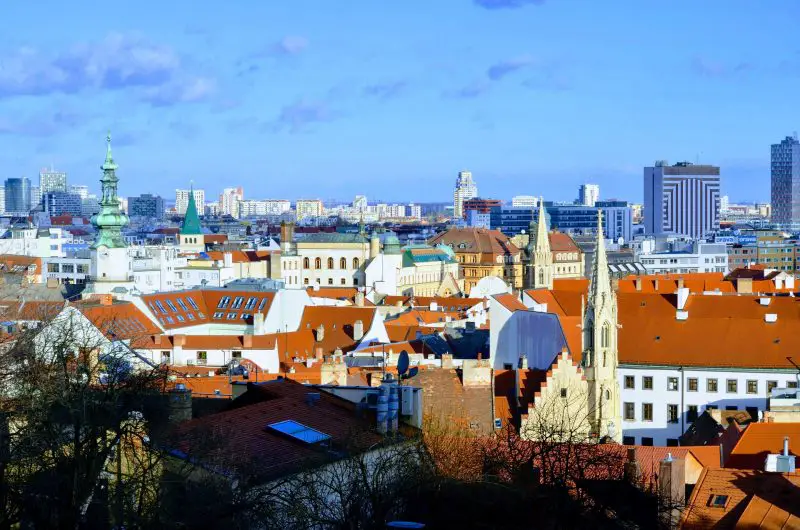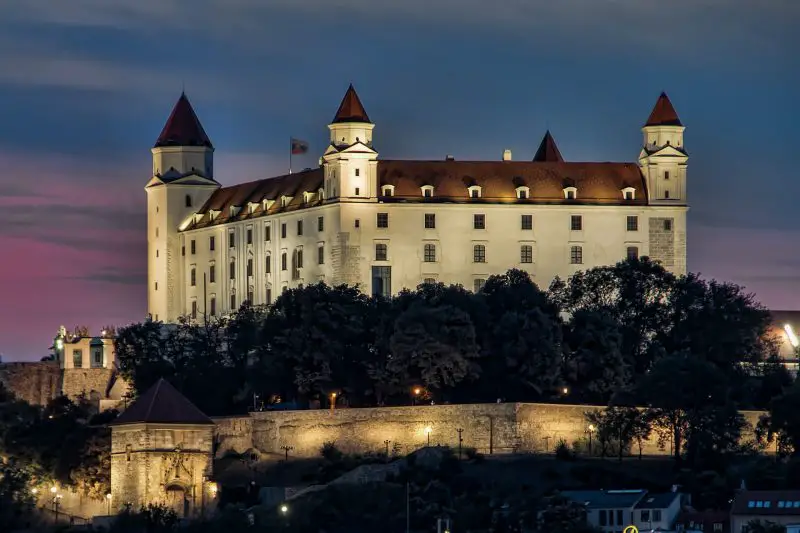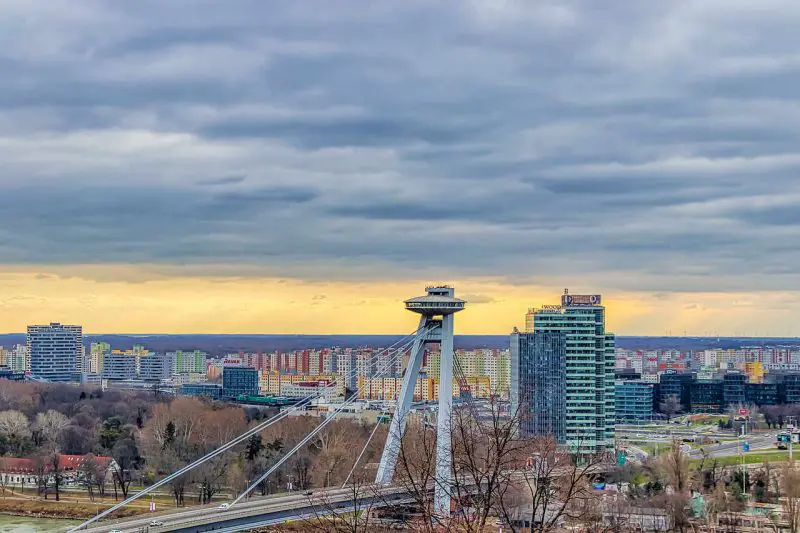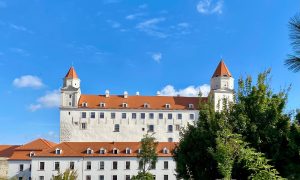
Bratislava is the capital city of Slovakia. It is located in the extreme south-western part of the country, along the Danube, where this river has cut a gorge in the Lesser Carpathians near the crossing of the borders of Slovakia, Austria and Hungary.
Little-known information about Bratislava is worth getting acquainted with.
1. Bratislava is one of the youngest European capitals and has a rich history dating back 2000 years. 2. The first written mention of Bratislava dates back to 907, which also mentions the Bratislava Castle.

3. Vienna is located 56 km west of Bratislava.
4. The real door to history opens in the 2nd century BC, where a Celtic residence was built.
5. The lowest point of the city is on the surface of the Danube at an altitude of 126 meters above sea level, and the highest point is Devinska Kobyla, 514 meters above sea level.
6. Archaeological evidence points to the prehistoric residence of this place, which was later fortified and settled by the Celts and Romans, and finally, in the 8th century, it was settled by the Slavs.
7. The community developed as a trading center and in 1291 received the rights of a free royal city.
8. The city received its modern name in 1919. Prior to this, it was known mainly in English under the German name Pressburg because it was dominated by the Austrians.
9. During the Roman period, Bratislava and its environs on both sides of the Danube were directly on the border of the Roman Empire.
10. The Slavs came from the east between the fifth and sixth centuries during the Migration Period.
11. Bratislava is the only European capital that borders on two other countries – Hungary and Austria.
12. The first university in Hungary at that time, the Istropolitana Academy, was founded in 1465.
13. At the end of the 19th and the beginning of the 20th century, Bratislava was the second industrial city in the Ugrian kingdom. The construction of the first bridge in 1891, which was used for rail and road transport and provided a connection to Vienna and Budapest, also contributed to industrial development.
14. From 1968 to 1992 Bratislava was the capital of the Slovak Socialist Republic in Czechoslovakia.
15. Bratislava and Vienna are the two closest capitals in Europe – only 60 km away.
16. In 2018, the population of Bratislava was about 450,000 people. It is one of the smaller European capitals, but still the largest city in Slovakia.
17. Bratislava was the capital of Hungary from 1526 to 1784, when most of the Middle Danube basin was in the hands of the Turks, and until 1848 the Parliament of Hungary was debated here. In the Gothic Cathedral of St. Martin The Habsburgs were crowned kings of Hungary.
18. Since 1 January 1993 Bratislava has been the capital of the independent Slovak Republic.
19. After 1945, Bratislava became an important European cultural center. New theater stages have been opened, of which the most important today are the Slovak National Theater with opera and ballet, the P.O. Gviezdoslava and the New Stage with musicals and plays.
20. Petrzalka is the largest municipality in Bratislava – the most densely populated residential area in Central Europe.
21. The total area of the city is 367.5 km2, which makes it the second largest city in Slovakia in terms of area. Only the city of High Tatras is larger in area.
22. Treasures and works of art known throughout the world are presented throughout the city, but primarily in the National Gallery and the City Gallery.

